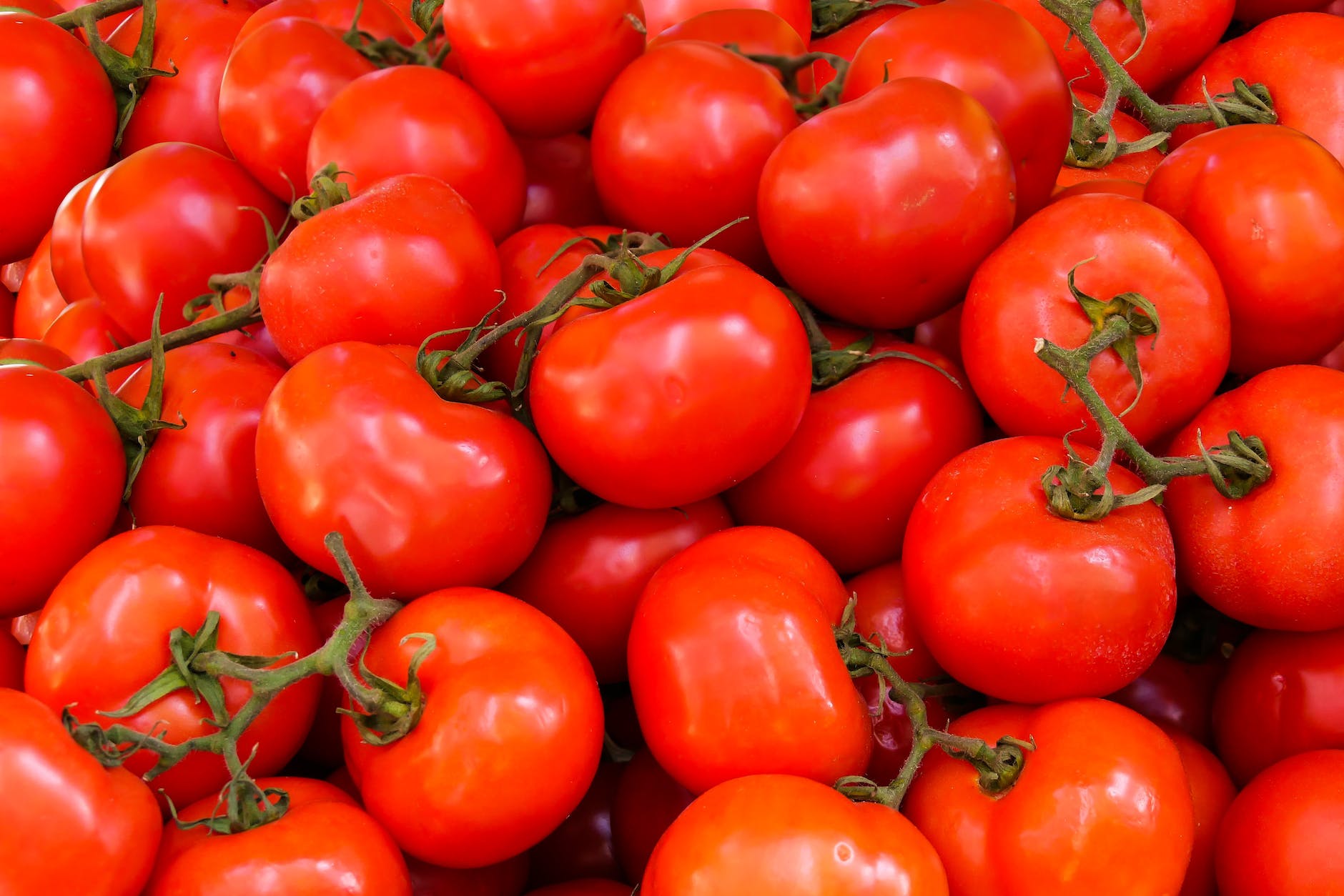Are you craving that first garden fresh tomato sandwich? Or maybe it’s those sweet little cherry tomatoes for your salads and healthy snacking. No matter what type of tomatoes you are growing, they all have the same ideal growing conditions. If you’re a beginner, and want to ensure you have a fruitful harvest this year, follow these tips to grow tomatoes with companion plants.
Choosing Plants
The first step in choosing plants is to understand that they have two main types of growth habits, determinate and indeterminate. Determinate tomatoes are ideal for canning because they are more of a compact bush and set all their fruit at the same time. Indeterminate tomatoes, are pruned and staked because their vines can get up to 20 feet long and continue to produce fruit until the first frost. When buying plants, the information tag will state if they are determinate. You can also look online for information on the specific plants.
Based on where you live, your growing zone will determine how long your growing season is. If your growing season is short you want to get early maturing plants. These tomatoes will mature rapidly 55-70 days from the date of transplanting. For those with longer growing seasons, there are types that will mature ranging from 70-90 days from the date of transplant.
Companion Plants and Inter-planting
To get the most out of your plants, you should grow tomatoes with companion plants by way of inter-planting. Inter-planting is just planting in between and staggering plants. Companion plants help keep pests away and some will even help them taste better. Purchase and plant your companions at the same time as your tomatoes to avoid disturbing plant roots later. My favorite companions to plant with tomatoes are marigolds, they help keep the bad bugs away. I actually plant them all around my garden. You can choose one plant type or several from the list below. Companion plants that are safe for tomatoes include:
- basil
- bush beans
- carrots
- celery
- chives
- cucumbers
- garlic
- lettuce
- onion
- oregano
- peas
- peppers
- nasturtium

Some plants will hinder the growth of tomatoes and some are too heavy of a feeder to be planted next to them. Do not grow the following plants with tomatoes.
- pole beans
- beets
- brassicas
- corn
- dill
- fennel
- potatoes
- rosemary
Planting
At this point you should have your garden ready to be planted. If you need tips on starting your garden, read my post Starting a Garden from Scratch here.
When planting your tomatoes, they need to be at minimum 18 inches apart for air circulation and manageability. You can plant them 12 inches apart but you will find once the plant is full grown it will be an absolute jungle to deal with. I typically plant mine 2 feet apart. This gives me room to add smaller companion plants in between. Tomatoes need to be planted deeply for best results. To do this, you will need to remove the bottom 2 sets of leaves and plant them deep. They will grow new roots along the stem and will result in a sturdier and healthier plant. Some gardeners advise putting a raw egg in the hole before placing the plant because it provides extra nutrients and calcium. The calcium from the egg shell prevents blossom end rot.
Growing
Now that your tomatoes are planted, they need to be kept evenly watered (2 inches per week) and watered deeply at soil level. Never water from above, since tomatoes are prone to many leaf diseases. Uneven watering will lead to cracked skins on the tomatoes.
If you did not use compost to prepare your garden, then you will need to add fertilizer regularly until the plants begin to bloom. Whether you purchase an organic vegetable fertilizer or fish emulsion fertilizer, it needs to be added at the base of the plant and watered in. For specific amounts used, follow the directions on the container or bag.

This is also the ideal time to put your tomato cages in place or start to train them on a trellis. Supporting your plants and ensuring the leaves do not touch the ground, make them less likely to get diseases from the soil. Once the plants are growing, you will need to prune your plant by cutting the lower branches off that touch the soil. When choosing a support for your indeterminate plants, you will find the standard tomato cages are not enough. You can make supports out of t-posts and cattle panel or the 2×4 wire fencing. I made mine like a fence down the center of my bed, so I can tie the tomato cages to it and any rogue vines as well. You can also make sturdier cages out of wood.
Harvesting
Depending on the variety of tomato you are growing, your tomatoes will be ready to harvest within 55-90 days. During this time, check your plants every day because they can ripen quickly. You can begin to harvest when they start turning red but still have some green on them. They will then finish ripening at room temperature and out of direct sunlight. Never store tomatoes in the refrigerator because this will cause them to lose their flavor.
Once frost is predicted, cover your plants at night to protect them or you can harvest them. Covering your plants with sheets will help protect them from a light frost and extend your season by a week or two. Harvested, unripe tomatoes will need to be taken inside and left to ripen on the counter or in a paper bag.
So there you have it, my top tips on how to grow tomatoes with companion plants. Happy Growing!
